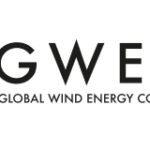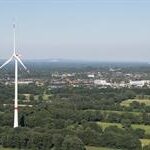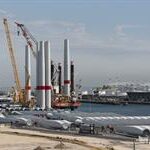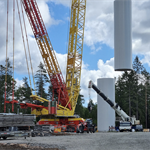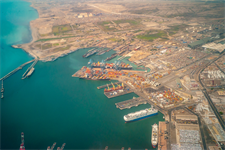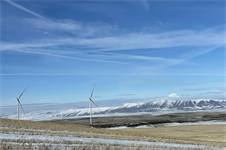WindEurope hammers out eight-point plan to realise national ambitions
Energy Disrupter
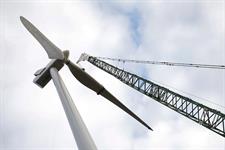
Europe’s nations will struggle to hit their ambitious plans for climate change and energy unless there is more visibility over auctions for new wind projects, according to a flagship report from WindEurope.
If governments fully implement their National Energy and Climate Plans (NECPs), Europe will have 397GW of wind power capacity by 2030 – more than twice as much as today.
Speaking to Windpower Monthly, WindEurope CEO Giles Dickson said: “Our industry is ready and eager to invest in the supply chain, human resources and new infrastructure. But companies will only make those investment decisions if they know exactly how much new capacity a country wants to build and when.
“We need this visibility on future auction schedules. Otherwise, governments risk missing out on huge investments in the green recovery from COVID-19.”
However, plans currently give insufficient visibility on when and how governments will auction new wind farms and fail to simplify the process of getting permits for wind farms.
WindEurope instead forecasts Europe to reach 324GW of wind power capacity and to actually lose 20,000 jobs from today.
Its new report outlines eight policy recommendations that will make or break ambitious goals to transform the continent – with a massive expansion of wind over the next thirty years.
A central plank of WindEurope’s analysis focuses on European’s recovery plan with an assessment that it will “only be as green” as the projects it funds and the jobs it creates.
The paper, Wind energy and economic recovery in Europe – How wind energy will put communities at the heart of the green recovery, deconstructs the aims of the EU Green Deal to expand wind from 15% of Europe’s electricity today to about half by 2050.
It identifies 300,000 wind energy jobs in Europe in a sector that contributes €37bn to EU GDP every year, with each new wind turbine generating €10m new economic activity.
There are 248 factories across Europe that produce turbines and components, from planning, construction, logistics and research and development (R&D).
Dickson said: “Investing in wind will help Europe reset its economy. There’s a pipeline of new projects waiting to start. And the expansion of wind energy envisaged in the National Energy & Climate Plans will create 150,000 new jobs.
But this is “provided governments implement their plans properly. If they don’t implement them properly, and if they don’t simplify the permitting arrangements for new wind farms, then we’ll lose jobs”.
Eight policy recommendations for national governments and the EU
- Simplify permitting rules and procedures for new and repowered wind projects as well as for onshore and offshore grid buildout
- Give investors visibility on wind energy volumes to be deployed to 2030 with a clear schedule of well-designed auctions allocating stable revenues, such as contracts for difference
- Prioritise tax regimes to boost the renewables-based electrification of transport, heating and industrial processes and renewable hydrogen projects
- Accelerate deployment of electricity grids
- An EU masterplan delivering 450GW of offshore wind by 2050, including the buildout of an offshore grid and maritime spatial planning
- Ramp up EU R&D spending to develop new materials, component design, innovative logistics, installation component design and installation techniques.
- Adoption of sensible EU trade policies so the industry can tap global supply chains and compete worldwide
- Decarbonisation commitment delivery from the EU of at least a 55% greenhouse gas emissions reduction target to 2030
In its call for European nations to do more, WindEurope insists that governments must “fully implement” their NECPs.
This would give Europe 397GW of wind by 2030 with 50% more jobs in wind, lifting employment in the sector to 450,000 jobs.
But without significant improvement in visibility around when and how governments auction new wind farms — among a raft of questions for Europe’s leaders — the continent’s aims will fall short at 324GW of wind by 2030, losing 20,000 jobs compared to 2020 in the process.
Dickson added: “Citizens and communities are central to the energy transition. And wind energy plays a key role here. Wind brings revenue to rural areas. Many town halls in Europe get over 10% of their budget from the local wind farms.”
The shortcomings would, in turn, hit communities across Europe, the report says, as wind energy pays €5bn in taxes annually, with payments often directed back to deprived rural municipalities and community benefit funds.




